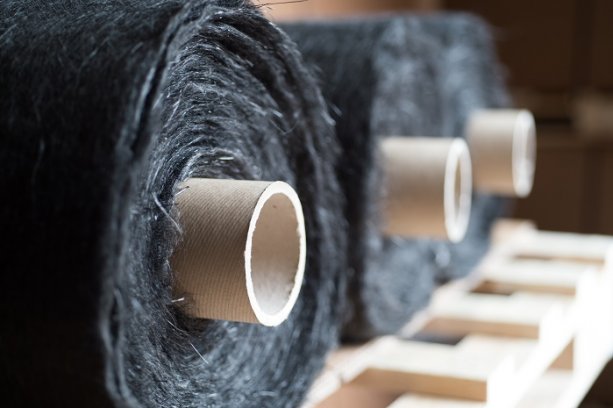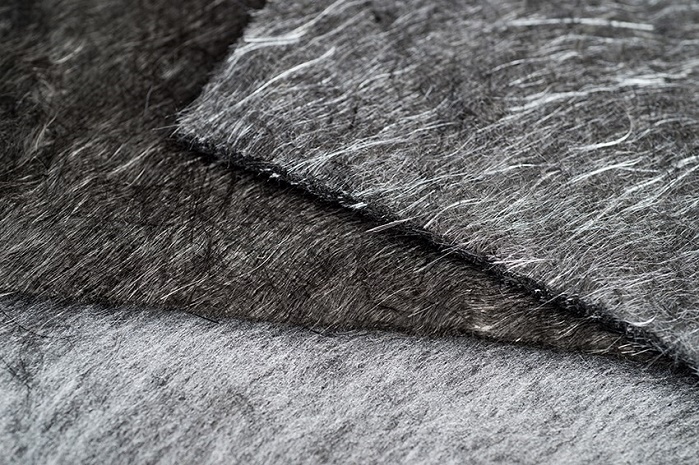
Chery plans recycled carbon components
The mats are available in widths up to 2.7m at a wide range of fibre areal weights.

15th September 2016
Innovation in Textiles
|
Coseley, West Midlands
ELG Carbon Fibre, a market leader in recycled carbon fibre materials, has started production of a range of nonwoven mats on a new production line, which is specifically designed to process recycled carbon fibres. The mats are available in widths up to 2.7m at a wide range of fibre areal weights.
The company believes the materials will strongly appeal to OEM’s in the transportation sector seeking cost effective alternatives to virgin carbon fibre for vehicle lightweighting. A sample of the 2.7 metre Carbiso M mat will be on display at the Experience Composites Show in Augsburg, Germany from 21-23 September.
“With the correct design, nonwoven recycled carbon fibre can be used very successfully to manufacture low cost, lightweight structures using most high-volume manufacturing processes. It seems that new applications for these materials are being identified every week, making this an exciting and progressive time for the company and our technology,” said Frazer Barnes, Managing Director of ELG Carbon Fibre.
The new machine has been custom built to ELG Carbon Fibre’s exacting specifications. Designed and manufactured in the UK, it can produce a variety of nonwoven materials including 100% recycled carbon fibre mats and thermoplastic blends, such as carbon fibre mixed with PP, PA, PPS fibres.
Extensive reconfiguration of the standard nonwoven manufacturing process was required to ensure the equipment could accept and process recycled carbon fibres. Special adaptations were made to limit fibre loss, breakage and cleaning cycles. The machine is also able to use reclaimed carbon fibres that have been obtained through pyrolysis of scrap prepreg materials or cured laminates, providing important feedstock flexibility versus existing equipment available in the marketplace, which can only accept dry manufacturing waste, the company reports.

The equipment features a flexible, modular based design that allows easy extension of its initial capacity of 250mt/pa to a maximum output of 1000mt/pa within 9-12 months as customer demand increases. It can produce webs ranging from 100gsm-500gsm at widths up to 2.7 metres and, depending on the final mat thickness, roll lengths will range from 30-50 metres, according to the manufacturer.
Before building the new machine, a two-year project was undertaken by ELG Carbon Fibre’s R&D department. The essential test elements were conducted in-house on lab equipment that was reconfigured to support an initial pilot scheme and then adjusted to refine the various processes including fibre opening, feeding, web forming and consolidation of layers.
These lab evaluations provided the R& D team with the critical parameters and data used to develop the final specification for the full-scale production line, the company reports.
The Carbiso M and TM product ranges are said to demonstrate excellent drapeability and performance whilst delivering cost effective light weighting and significant environmental benefits compared to virgin carbon fibre, according to the company. The materials may be used either on their own or with selective use of virgin carbon fibres to provide tailored structural properties.
ELG Carbon Fibre’s Carbiso M mats are well suited for closed mould processes and can also be used for the manufacture of intermediate products such as prepregs and sheet moulding compounds for composite manufacturing. The thermoplastic Carbiso TM mats are designed for fast cycle times in press moulding applications.

Business intelligence for the fibre, textiles and apparel industries: technologies, innovations, markets, investments, trade policy, sourcing, strategy...
Find out more